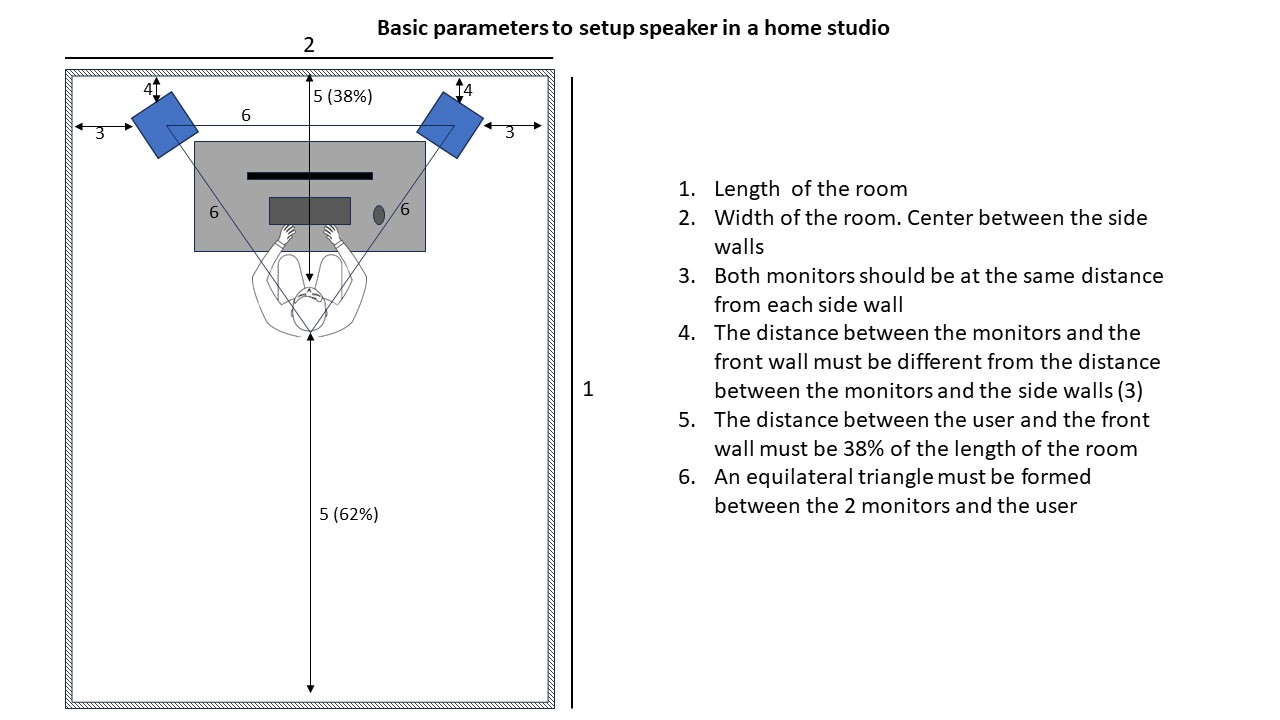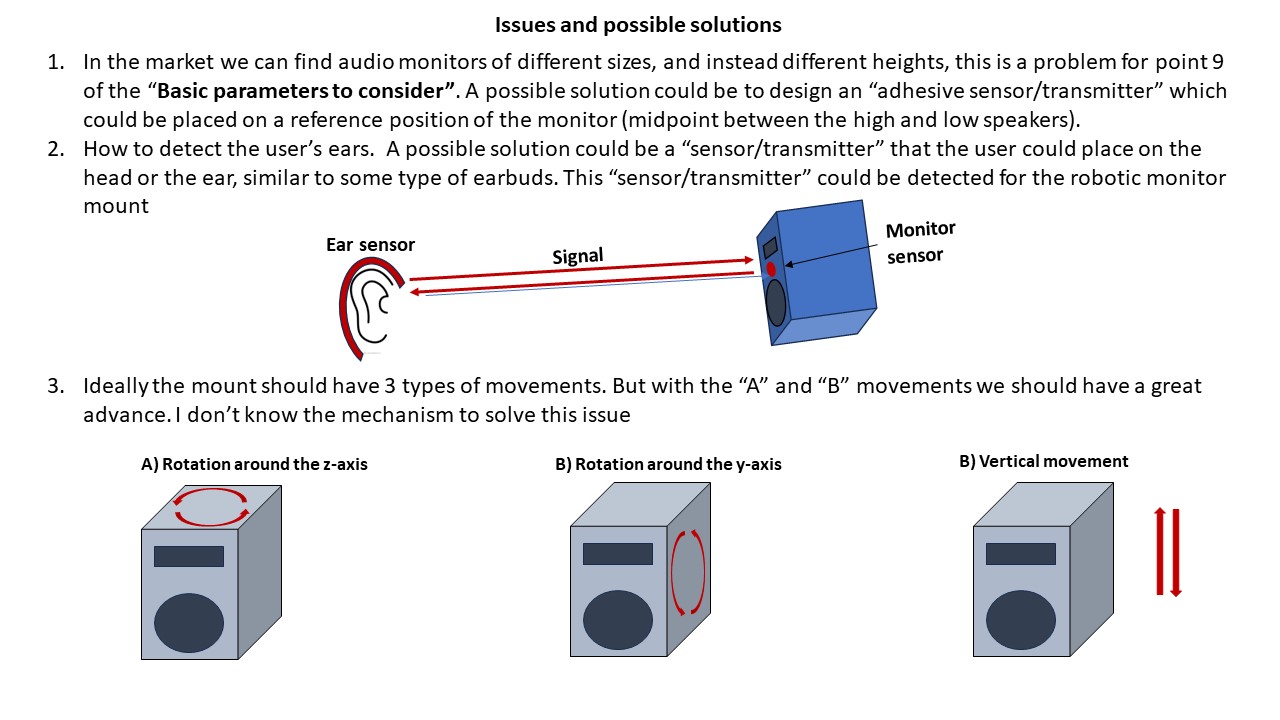Assignments
1. Principles and practices
2. Project management
3. Computer Aided design
4. Computer controlled cutting
5. Electronics production
6. 3D Scanning and printing
7. Embedded programming
8. Computer controlled machining
9. Electronics design
10. Output devices
11. Input devices
12. Molding and Casting
13. Networking and communications
14. Interface and application programming
15. Wildcard week
16. System integration
17. Applications and implications
18. Invention, intellectual property and income
19. Project development
1. Principles and practices
This week I worked on defining my final project idea and started to getting used to the documentation process. All these computer tools are new to me, and although I easily understood the usefulness and importance of these tools, I had to dedicate considerable time to learn them. In this section, I will outline key points from my learning process during the first week, along with an introduction to my project idea.My final project idea
The main reason why I have decided to take this course is that I have always had various manufacturing ideas but have never been able to materialize them, mainly because I lack skills and knowledge about design and fabrication. It was challenging for me to choose one idea from all the ones I have, and although the project is not related to my career, I chose this idea because I believe it is practical for what the course proposes. The project is called Karanda, and it is a robotic support for audio monitors. The idea is to design robotic stands for audio monitors that can recognize the user and always point towards them, directing the sound directly to their ears. This is important for better sound quality in both a home studio and other environments, such as a home theater. The following images show some preliminary parameters, functions, and issues that I have been considering.

There are some Issues and possible solutions

Who will need the Karanda
Karanda could be quite useful for professionals and amateurs working in sound and audio, both in a home studio and in a professional music studio. Audio monitors are widely used in recording studios. While headphones are used for precise sound adjustments, speakers or monitors are a fundamental component of any recording studio.An advanced and mature version of this project would facilitate the placement of speakers within a room; the position of the audio monitors would adapt quickly and easily to the user's position; its functions would be quite useful when you need to reposition the monitors after moving them, for example, during room cleaning; it could indicate when you are outside the ideal position in the room where sound perception will be optimal; if more than one person is working in the room, the speakers could be redirected to each person as needed and then easily placed back in their original position.
It could also be ideal for podcasters, gamers, streamers, and home theater speakers.
Possible Functions of Karanda
The mount can move the speaker according to the position of the user, seeking to direct it directly to the user’s ears.The right monitor is directed to the right ear, and the left monitor is directed to the left ear Can indicate the best place in the room for each monitor, and for the user (using the sensor on the speaker and on the user’s head)
Through an alarm (LED light for example), it can warn you when you move out of the right site. But it can also move the monitor toward the user’s position (a different position than the right place)
It can save the best place setup in your room.
The name Karanda
According to a Guarani legend, Karanda was the daughter of the chief of a Guarani tribe called Pirayú. Karanda was in love with the god "Kuarahy" (the sun) and offered her life to him. On one occasion, the Pirayú tribe was attacked by another tribe, and Karanda sought help from Kuarahy. In exchange for this help, the god Kuarahy transformed her into a flower that always looks towards the sun (the sunflower).